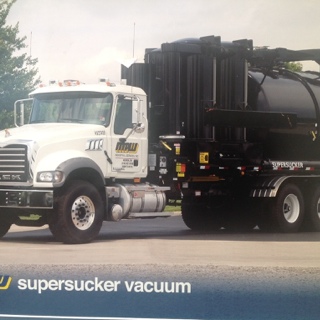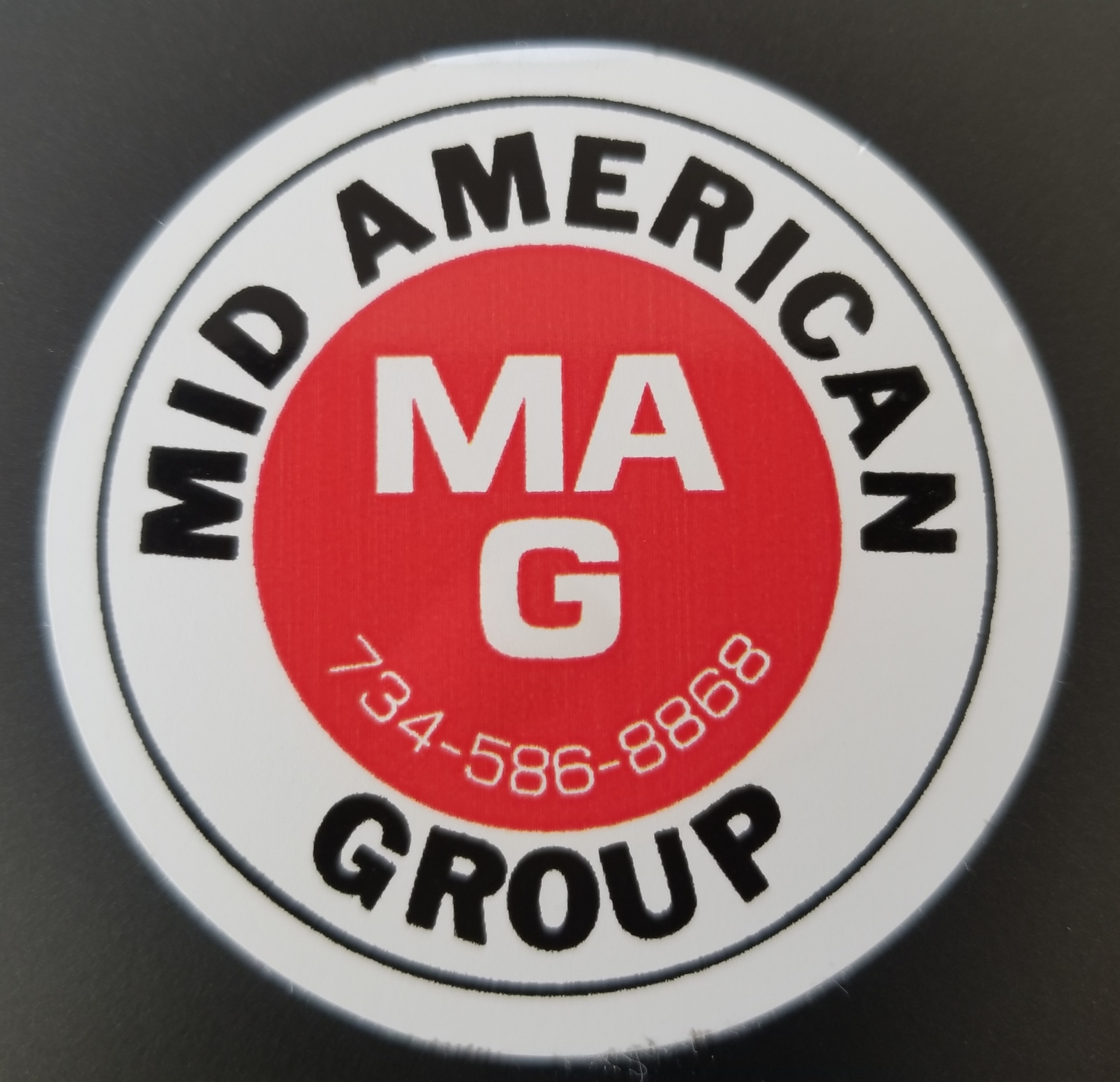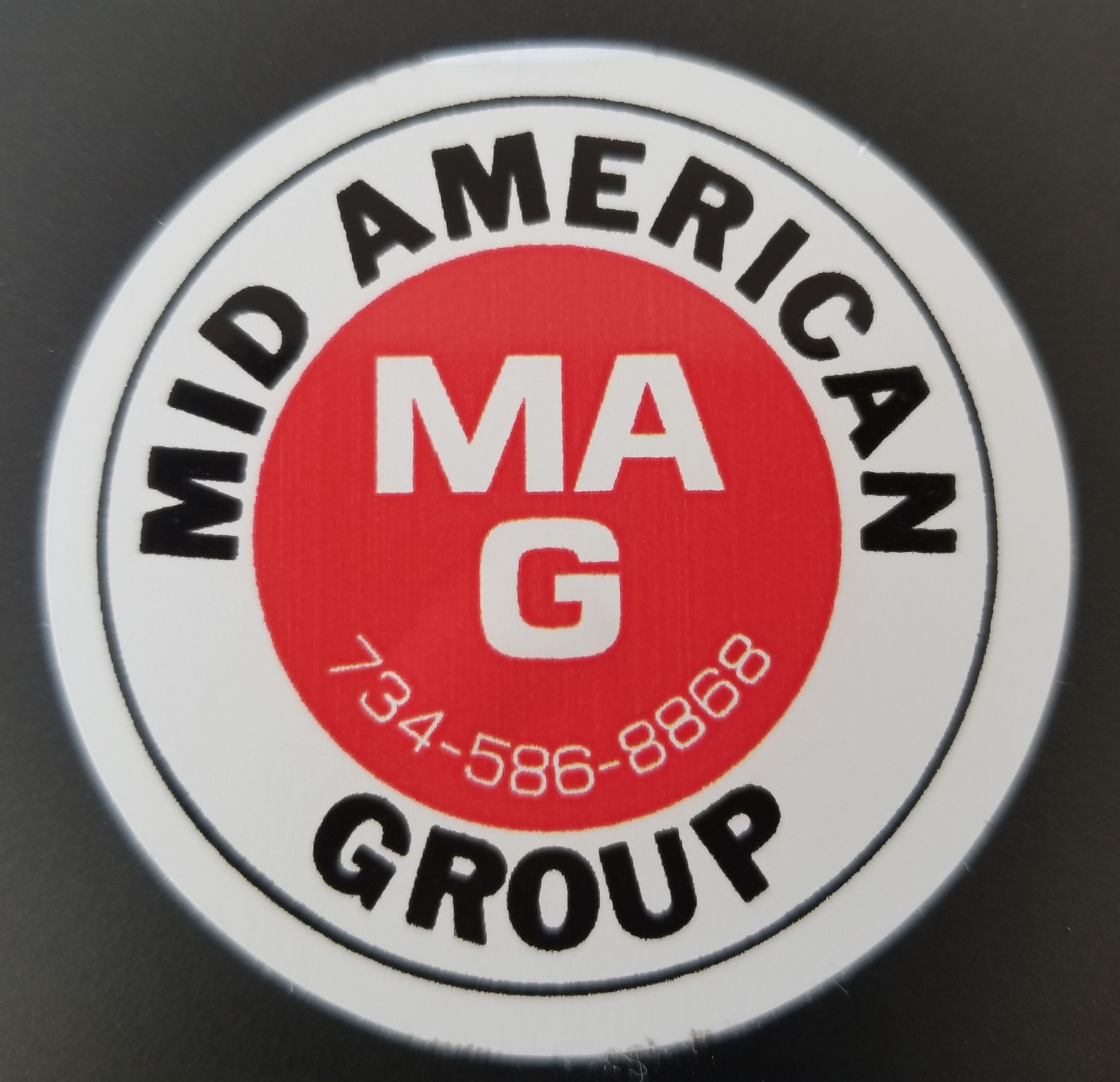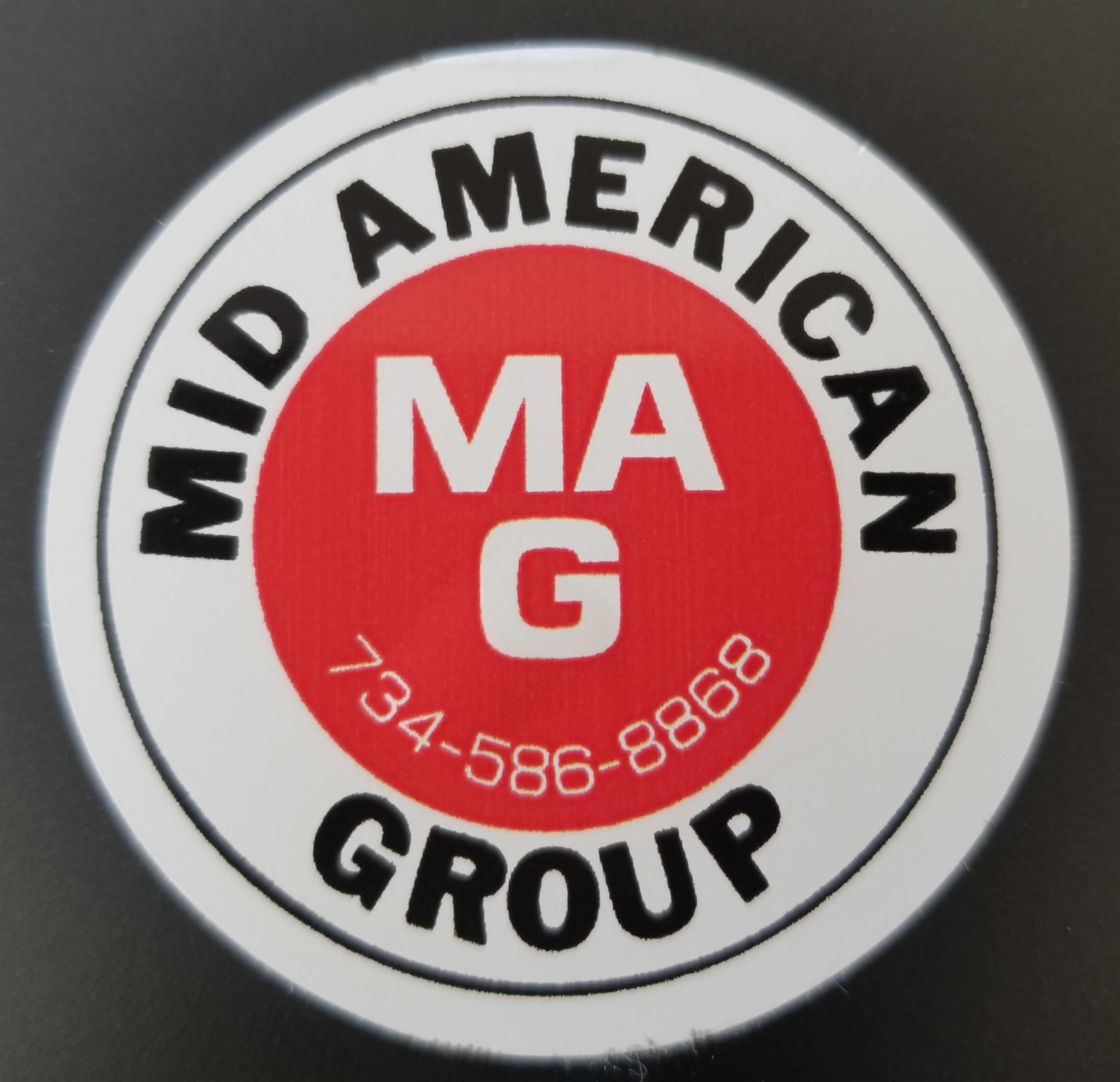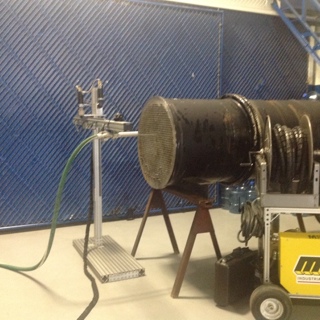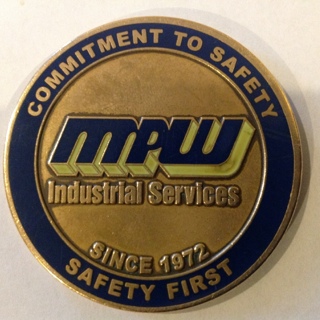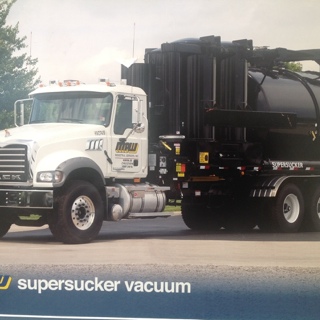Information
-
Client / Customer Site
-
Conducted on
-
Prepared by
-
Personnel On-site
Wet / Dry Vacuum Checklist
-
Is the vacuum area properly barricaded and posted with signs?
-
Have all the fittings, clamps, connections, setups and other equipment been inspected for good working condition?
-
Have the bolts on the hard pipe been inspected to ensure that they are intact? (look for telltale dust)
-
Are all the cam-lock fittings "dogs" secured?
-
Are the vertical runs of pipe / hose properly secured and supported from falling?
-
Are the vacuum pipe / hose routed around doorways and walkways whenever possible?
-
Is vacuum pipe / hose that poses a trip hazard marked with "CAUTION" tape and signage posted?
-
Has all moving equipment and other hazardous sources of energy been locked out, LO/TO? (hydraulic, mechanical, steam, electric, pneumatic,chemical, hazardous materials)
-
Is the work area a confined space?
-
Has a MPW Confined Space Permit been completed?
-
What safety guards are required for the job? (check all that apply)
-
Stationary Hose (wet vac)
-
Safety Tee
-
Remote Handle
-
Remote Stick
-
Pendant Valve
-
Other (specify)
-
Is vacuum hose bonded to the truck? (combustible dust)
-
Is vacuum truck grounded to permanent bare metal structure / ground rod to reduce static charge?
-
What Personal Protective Equipment (PPE) will be used for this job? (check all that apply)
-
Safety Glasses with side shields
-
Goggles
-
Face Shield
-
Hard Hat
-
Rain Suit (yellow)
-
Chemical Suit (green)
-
Chemical Gloves
-
Steel Toe Work Boots
-
Hearing Protection
-
Respirator
-
Chemical Overboots
-
Full Body Coverals
-
Leather Gloves
-
Flame Retardant Clothing
-
Tyvek Suit
-
Other (specify)
-
Have Emergency Showers and Eye Wash Stations been identified and checked for operability?
-
Have in-plant emergency phone numbers been identified?
-
Have on-site first aid and off-site emergency medical facilities been identified?
-
Have emergency exits and evacuation routes been identified?
-
Have emergency notification procedures been established?
-
Has the crew been informed of the emergency procedures?
-
Is the truck operator stationed at the controls? (operator their only duty)
-
What method of communication between the truck operator and hose operator is being used? (check all that apply)
-
Voice
-
Visual
-
Radio
-
Are all Vacuum truck operators properly trained? (MPW or other acceptable source)
-
Is lighting in the work and support areas adequate?
-
Are footing conditions firm?
-
Is the Safety Tee accessible and within easy reach of the technicians operating the end of the vacuum hose?
-
Have MSDS's or SDS's for the hazardous materials in the work area been reviewed with the crew?
-
Has a Job safety Analysis (JSA) or Work Task Safety Requirements (WTSR) been prepared for this work?
-
Has the JSA or WTSR been reviewed with the crew?
-
Have the contents of this checklist been reviewed with the crew?
-
Is a variance required for any deviation from safety requirements?
-
Date: Time:
-
Supervisor's Signature:
